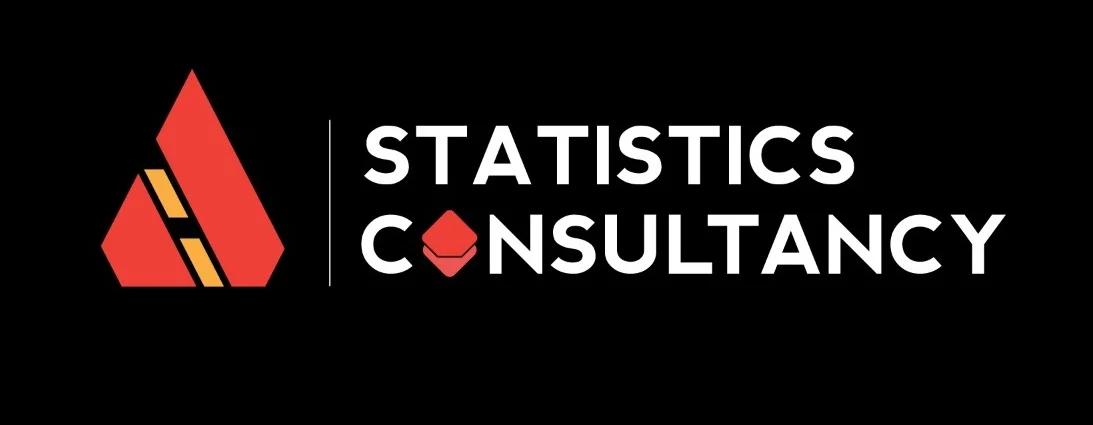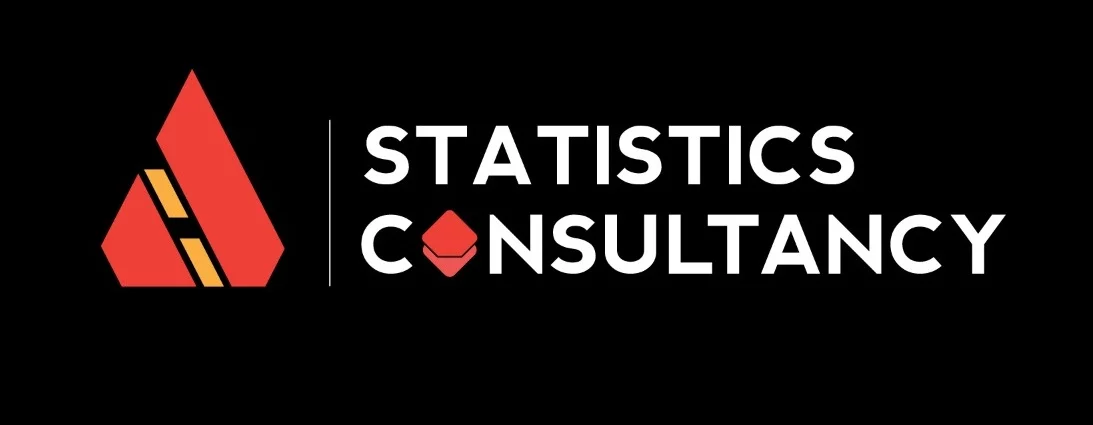
Introduction of Retail banking
- Retail banking, there are major changes taking place in the industry.
- Modern tech, enhanced regulation, and expansion of digital channels have combined to create a tremendously fascinating time for retail banking. You obviously know this.
- Customer expectations are apparently the industry’s largest obstacle.
- Financial firms are finding themselves subject to the exact expectations customers have when engaging with internet titans like Amazon and Apple.
- They desire user experiences that are quick, clear, and simple. If retail banking can’t change to provide what customers have come to expect, they’ll be left behind.
The Difficulties of Retail banking
1. Enhancing Competitive strength of Retail banking
- The retail banking industry is more cut-throat than ever.
- Fintech firms, national banks, community banks, and credit unions are all vying for the same clients.
- Since almost all aspects of banking can now be performed online, a bank’s primary audience and competitive environment are now determined by banking regulations, technology, and advertising budgets rather than by its geographic location.
2. Silos within the organization
- According to PWC, one barrier to the growth of retail banking is the conventional practice of launching and maintaining products in silos, which results in a fractionalized business plan.
- For instance, personal loans and credit cards are often kept separate. Online banking frequently differs greatly from physical branches.
- There hasn’t been a structured sales process to facilitate cross-selling, despite the fact that it is essential for growth. Additionally, servicing each product on a different platform is wasteful.
- These silos seriously hamper down retail banks’ capacity to respond to market movements. Even if integration seems expensive as well, experts agree that it is no longer an option.
- In fact, it’s essential to enhancing the customer experience, which is the key to future growth, according to all indications.
- Operational connections are focused upon consumers, not products, are crucial to maximize productivity, cut costs, and service customers and prospects consistently across all channels. It’s crucial for enhancing agility.
3. Quick action.
- The Retail banking sector has historically undergone rather gradual development.
- The pace of change, however, has accelerated over the past ten years, putting pressure on established businesses to alter their procedures in order to be able to react more quickly.
- Banks that don’t follow through will fall behind.
- It’s not just about executing strategies more quickly; it’s also about committing decisions more quickly.
- Decisions frequently take longer and are made in silos in large hierarchical organizations.
- Organizations must create decision-making mechanisms that are quick in order to compete in the future.
4. A singular client view.
- Understanding the full customer lifetime across channels and products is another significant problem.
- This is essential for finding wise investment possibilities for innovation that will stimulate growth as well as enhance customer experiences, boosting loyalty, and lowering churn.
- Retail banks must leverage user feedback to drive strategic planning across the company in order to compete with new technology and market entrants.
5. Creativity
- Let’s face it: FinTech businesses prosper because they excel at coming up with creative methods to provide superior customer service.
- They are creating new goods and services that are tailored in meeting the needs of clients in the present.
- On the other hand, traditional retail banking usually are unable to advance due to a rigid status quo and outdated technology.
- But this is altering. The creation of products for digital channels is receiving significant funding from banks.
- In practice, 24% of senior banker respondents ranked product innovation as their top priority.
- Some banks have not been very happy with their ROI thus far, despite the fact that IT expenditure is skyrocketing.
- This is crucial for smaller retail banking since they can’t continue to invest in product development without seeing a return on their investment.
- As a result, they are searching for more intelligent techniques to choose their future investment plans in order to lower risk and costs.
6. Cost-cutting.
- Banks are compelled to devote a significant portion of their budgets to maintaining compliance and constructing increasingly sophisticated information security systems as regulatory constraints mount. These drains smaller institutions in general.
- As previously noted, there are more demands on what is left to innovate in order to remain competitive.
- As a result, as you might expect, banks are always looking for ways to save expenses.
7. Increasing customer satisfaction of Retail banking.
- According to the Temenos report, 30% of bank executives said their top concern was declining client loyalty.
- It is obvious that providing outstanding, individualized service is the best approach to gain market share.
- Understanding diverse client types as well as their top priorities and decision-making processes is necessary for this .
- The Retail banking industry is being driven by the modern client in the Age of the Customer.
- Customers increasingly want the freedom to communicate and obtain information across channels and on their terms.
- Customers now demand additional services in the financial sector as a result of innovations in other sectors.
8. Retention and Employee Engagement.
- Organizations’ ability to survive and thrive in the face of external stressors like the aforementioned seven difficulties depends on the power and talent of its workforce.
- Retail banking will require innovative thinkers to improve data security, develop new client-centric solutions, market products to new consumer categories, and remodel internal processes to maximize efficiency.
- Businesses must assess employee engagement and develop practical retention strategies because competitors will actively pursue talent.
- The market’s future leaders will approach these difficulties by promoting organizational improvements through data and analytics.
- Their capacity to swiftly transform client data into useful insights will set them apart from rivals.
- Before spending scarce resources on expensive initiatives that won’t succeed, they will come up with new ways to include the voice of the customer in the strategic decision-making process.
Banks have no choice but to look first to the consumer in order to determine their path forward in order to stay up with the pace of change and differentiate in an increasingly crowded market.

